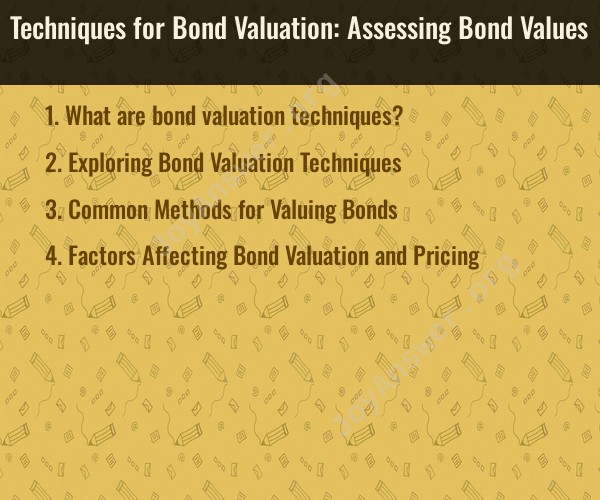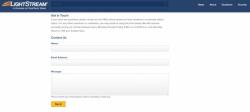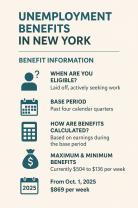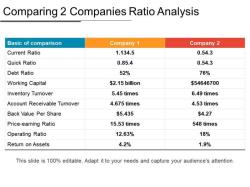What are bond valuation techniques?
Bond valuation techniques are methods used to determine the intrinsic value of a bond, which represents the present worth of its future cash flows. The value of a bond is influenced by various factors, including its face value, coupon rate, maturity, and prevailing interest rates in the market. Accurate bond valuation is essential for investors and financial professionals when buying or selling bonds. Here are some common bond valuation techniques:
Present Value of Cash Flows:
- This is the fundamental approach to bond valuation. It involves discounting all expected future cash flows from the bond to their present value. The key components to consider are:
- Coupon Payments: The periodic interest payments the bondholder receives.
- Face Value (Par Value): The principal amount the bondholder receives at maturity.
- Market Discount or Premium: The difference between the bond's market price and its face value.
- Time to Maturity: The remaining time until the bond matures.
- Market Interest Rate (Yield to Maturity): The prevailing interest rate in the market for bonds with similar characteristics.
- This is the fundamental approach to bond valuation. It involves discounting all expected future cash flows from the bond to their present value. The key components to consider are:
Yield to Maturity (YTM) Method:
- YTM represents the interest rate at which the present value of a bond's future cash flows equals its current market price. This technique involves solving for the YTM that equates the present value of cash flows (coupon payments and face value) to the market price of the bond.
Discounted Cash Flow (DCF) Analysis:
- Similar to YTM, DCF analysis calculates the present value of expected cash flows. It allows investors to determine the bond's fair value by incorporating factors such as the time value of money and risk premiums.
Zero-Coupon Bond Valuation:
- Zero-coupon bonds do not make periodic interest payments. Instead, they are issued at a discount to their face value, and investors receive the full face value at maturity. Valuing zero-coupon bonds involves discounting the future face value to its present value based on the prevailing interest rate.
Spot Rate Method:
- This technique relies on the spot rates, which are the yields of zero-coupon bonds with different maturities. By using these spot rates, you can calculate the present value of a bond's future cash flows.
Price-Yield Curve Analysis:
- This method involves plotting the relationship between bond prices and their corresponding yields to maturity. It helps investors assess how bond prices change as market interest rates fluctuate.
Relative Value Analysis:
- This technique compares the bond's yield to similar bonds in the market with similar characteristics. It assesses whether the bond is trading at a premium or discount relative to its peers.
Credit Risk Assessment:
- Bond valuation also considers the creditworthiness of the issuer. Bonds from issuers with higher credit risk typically trade at a discount compared to similar bonds from low-risk issuers.
Realized Yield Calculation:
- Realized yield is used by investors who have already purchased a bond. It calculates the yield achieved by holding the bond until maturity and receiving all coupon payments and the face value.
Market Price Comparison:
- Bond valuation can also involve comparing the current market price of a bond to its par value and historical prices to gauge whether the bond is trading at a premium or discount.
Bond valuation techniques are crucial for investors to make informed decisions about buying or selling bonds. The appropriate technique to use depends on the specific characteristics of the bond, the investor's objectives, and the market conditions. Accurate bond valuation helps investors assess risk and determine whether a bond is undervalued or overvalued.
Exploring Bond Valuation Techniques
Bond valuation is the process of determining the fair market value of a bond. This is an important process for investors, as it allows them to make informed decisions about whether to buy, sell, or hold bonds. There are a number of different bond valuation techniques that can be used, and the best method to use will depend on a number of factors, such as the type of bond, the time to maturity, and the investor's own risk tolerance.
Common Methods for Valuing Bonds
Some of the most common bond valuation methods include:
- Discounted cash flow (DCF) analysis: This method is based on the principle that the value of a bond is equal to the present value of its future cash flows.
- Yield to maturity (YTM): This method calculates the rate of return that an investor would earn if they bought a bond and held it to maturity.
- Credit spread analysis: This method compares the yield of a bond to the yield of a risk-free bond, such as a US Treasury bond.
- Bond benchmarking: This method compares the yield of a bond to the yield of other bonds with similar characteristics.
- Option-adjusted spread (OAS): This method is a more complex method that takes into account the options that are embedded in some bonds.
Factors Affecting Bond Valuation and Pricing
A number of factors can affect the valuation and pricing of bonds, including:
- Interest rates: Interest rates have a significant impact on bond prices. When interest rates rise, bond prices fall, and vice versa.
- Inflation: Inflation can also affect bond prices. When inflation is high, investors demand a higher yield on bonds to compensate for the loss of purchasing power.
- Credit risk: The credit risk of a bond issuer can also affect its price. Bonds issued by riskier issuers will typically have lower prices than bonds issued by less risky issuers.
- Liquidity: The liquidity of a bond can also affect its price. Bonds that are more liquid, meaning that they can be easily bought and sold, will typically have higher prices than less liquid bonds.
Investors should carefully consider all of these factors when valuing bonds. By doing so, they can make more informed decisions about whether to buy, sell, or hold bonds.
In addition to the factors listed above, bond valuation can also be affected by other factors, such as the bond's call and put features, the issuer's financial condition, and the overall economic environment.
It is important to note that bond valuation is not an exact science. There is no single method that can perfectly predict the future price of a bond. However, by using a combination of the methods discussed above, investors can get a good estimate of a bond's fair market value.













